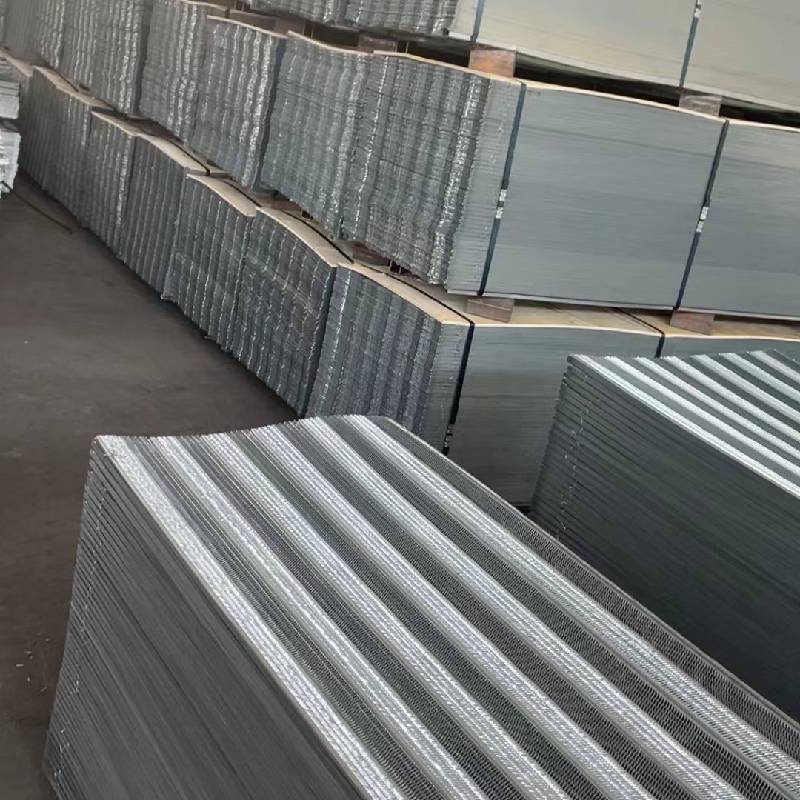
- Mobile Phone
- +8613931874955
- sales@cntcmetal.com
tie in brickwork
Tie-in Brickwork A Comprehensive Overview
Tie-in brickwork is an essential construction technique that ensures the stability, strength, and durability of masonry structures. This method involves the connection between new brickwork and existing structures or masonry elements, providing necessary support and structural integrity. Understanding the principles and applications of tie-in brickwork can significantly enhance the quality of construction projects while minimizing risks associated with structural failure.
What is Tie-in Brickwork?
Tie-in brickwork refers to the process of bonding new brick masonry to existing structures, such as walls, foundations, or other masonry elements. This technique is crucial when extending buildings, repairing damaged walls, or integrating new construction into older structures. The primary goal is to create a cohesive and unified wall system that can distribute loads evenly and resist various forces, including wind loads, seismic activity, and thermal expansion.
Importance of Tie-in Brickwork
1. Structural Integrity One of the primary functions of tie-in brickwork is to maintain the structural integrity of a building. By securely bonding new bricks to existing walls, engineers can ensure that the overall structure remains stable and can handle external forces.
2. Load Distribution Tie-in brickwork facilitates the even distribution of loads across the entire wall system. This is particularly important in multi-story buildings or structures exposed to significant lateral forces. Properly executed tie-in techniques can prevent stress concentrations that could lead to cracks or failure.
3. Thermal Efficiency When integrating new masonry into existing structures, effective tie-in brickwork can contribute to better thermal performance. This is achieved by minimizing thermal bridging and ensuring a continuous thermal envelope, which enhances energy efficiency in buildings.
4. Aesthetic Continuity In renovations or extensions, tie-in brickwork helps maintain the aesthetic appeal of a structure. By matching the color, size, and texture of new bricks with existing materials, builders can achieve a seamless transition that preserves the architectural integrity of the building.
Techniques and Materials
The techniques used in tie-in brickwork vary depending on the project and its specific requirements. Common methods include
tie in brickwork

- Reinforced Tie Bars Steel reinforcement bars, or 'tie bars,' are often used to connect new brickwork to existing structures. These bars provide additional tensile strength and help resist lateral forces, ensuring that the new masonry adheres securely to the old.
- Brick Cavity Wall Tie This method involves installing metal ties that connect two walls the inner and outer layers of a cavity wall. These ties help maintain stability and prevent movement between the two masonry layers.
- Mortar Bonding The use of high-quality mortar is critical for effective tie-in brickwork. Properly mixed mortar helps to create a robust bond between the bricks, ensuring that the joint between new and old work is as strong as possible.
Considerations
When implementing tie-in brickwork, several factors must be taken into account to ensure successful outcomes
- Compatibility It's essential to ensure that the materials used in new brickwork are compatible with those of the existing structure. Differences in material properties can lead to issues such as differential settlement and cracking.
- Engineering Analysis A thorough structural analysis should be conducted to determine the load-bearing capacity of both new and existing components. This analysis will inform the design and choice of materials for tie-in brickwork.
- Moisture Management Proper drainage and moisture control are vital in preventing damage to both new and existing brickwork. Inadequate moisture management can lead to problems such as efflorescence, mold, and structural deterioration.
Conclusion
Tie-in brickwork is a vital process in modern construction and renovation projects. It not only enhances the structural integrity and aesthetic appeal of buildings but also plays a crucial role in energy efficiency and long-term durability. By understanding the principles, techniques, and considerations associated with tie-in brickwork, builders and engineers can effectively integrate new masonry into existing structures, ensuring that they stand the test of time.
share:
-
Wall Ties for Concrete: Invisible Guardians of Building Structural StabilityNewsAug.08,2025
-
Timber Frame Wall Ties: Stable Bonds for Load TransmissionNewsAug.08,2025
-
Stainless Steel Woven Wire Mesh: A versatile material from boundary protection to functional supportNewsAug.08,2025
-
Powder Coat Coil Springs: Creating peace of mind and reliability with sturdy protectionNewsAug.08,2025
-
Floor Standing Sign Holder: A Powerful Assistant for Flexible DisplayNewsAug.08,2025
-
Binding Iron Wire: An Invisible Bond for Building StabilityNewsAug.08,2025
-
Yard Sign Stakes: Reliable Guardians of Outdoor SignsNewsAug.04,2025



















